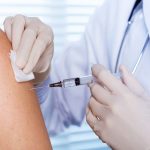
Cases of anaphylactic shock caused by COVID-19 vaccines are very rare, based on numbers from the first week and a half of vaccinations in the United States, federal public health officials said Wednesday. There have been 21 cases of anaphylaxis out of nearly 1.9 million doses of the Pfizer-BioNTech vaccine administered in the very first days of the national COVID-19 vaccination program, said Dr. Nancy Messonnier, director of the National Center for Immunization and Respiratory Diseases at the U.S. Centers for Disease Control and Prevention. “We’re in the setting of 2,000 COVID deaths per day. If you make that comparison, I think it’s still a good value proposition for someone to get vaccinated,” Messonnier said. “Their risk from COVID and poor outcomes from COVID is still more than their risk of a severe outcome from the vaccine.” The average rate is 11.1 anaphylaxis cases per one million doses administered, which is higher than the rate of anaphylaxis for flu vaccine of 1.3 per one million doses administered, Messonnier noted. “I guess you could mathematically say that’s 10 times the amount, but I think that misses the point,” Messonnier said. “This is exceedingly rare, and I think that is still the message that the public should be getting from this.” Anaphylaxis occurs rapidly following COVID-19 vaccination, with symptom onset within 13 minutes of receiving the shot… read on > read on >











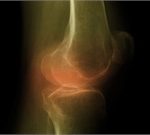
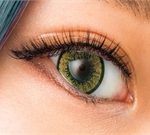
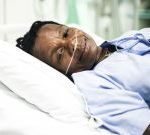
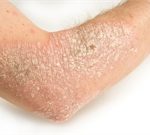
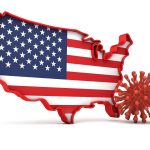
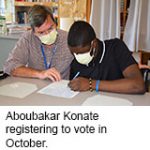










-300x200.jpg)










